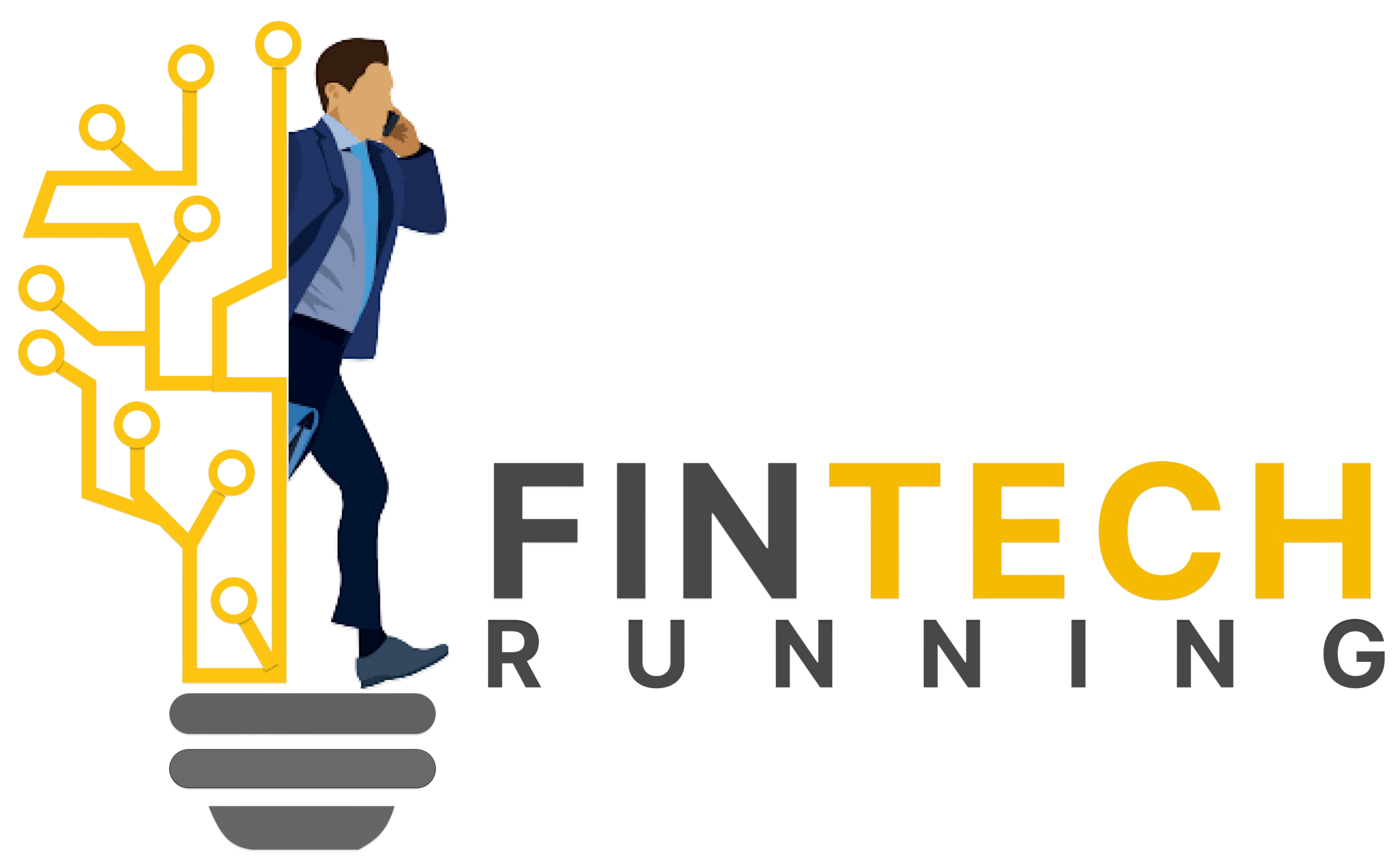How To Make Online Business Application

The future of online business application development is evolving rapidly, driven by advances in technology, changing consumer preferences, and the need for businesses to stay competitive in an increasingly digital world. Here are some key trends and innovations to keep an eye on in this field:

1. Low-Code and No-Code Development:
Low-code and no-code platforms are gaining popularity, allowing businesses to create custom applications with minimal coding. This democratizes app development, enabling business analysts and non-technical users to build applications, reducing development time and costs.
2. Artificial Intelligence (AI) Integration
AI is becoming a fundamental part of business applications. AI-powered chat bots, predictive analytics, and automation are being integrated into applications to enhance user experiences, streamline processes, and provide data-driven insights.
3. Micro Services Architecture
Businesses are adopting micro services architecture to build applications as a collection of small, independent services that can be developed, deployed, and scaled individually. This promotes flexibility, scalability, and easier maintenance.
4. **Progressive Web Apps (PW-As)**:
PW-As offer a mobile app-like experience through web browsers. They are fast, reliable, and provide offline capabilities, making them a compelling choice for businesses looking to reach users across various devices seamlessly.
5. **Blockchain for Trust and Security**:
Blockchain technology is being used to enhance the security and transparency of business applications, particularly in industries like finance, supply chain, and healthcare. It ensures data integrity and reduces the risk of fraud.
6. **Voice and Natural Language Interfaces**:
The integration of voice assistants and natural language processing (NLP) into business applications is on the rise. This enables users to interact with applications using voice commands and have more conversational experiences.
7. IoT Integration
The Internet of Things (Io T) is being leveraged to collect real-time data from various devices and sensors. Business applications are using this data for better decision-making, process optimization, and predictive maintenance.
8. **Augmented and Virtual Reality (AR/VR)**:
AR and VR technologies are finding applications in fields like training, product visualization, and remote collaboration. Businesses are exploring ways to incorporate AR and VR into their applications to create immersive experiences.
9. **Cyber-security Focus**:
As online threats become more sophisticated, application development is placing a greater emphasis on security. Developers are adopting Develops practices to ensure that security is integrated throughout the development life-cycle.
10. **Containerization and Rubbernecks**:
Containerization technologies like Docker and container orchestration platforms like Rubbernecks are becoming essential for deploying and managing applications at scale, making them more resilient and efficient.

11. Serverless Computing:
Server-less computing abstracts the infrastructure layer, allowing developers to focus on code rather than server management. It’s gaining traction for its scalability and cost-effectiveness.
12. **Cross-Platform Development**:
With the diversity of devices and operating systems, cross-platform development frameworks like React Native, Flutter, and Xamarin are helping businesses reach a wider audience with a single co-debase.
13. **Data Privacy and Compliance**:
As data privacy regulations like GD PR and CC-PA continue to evolve, businesses must ensure their applications are compliant. This includes robust data protection and user consent mechanisms.
14. **Edge Computing**:
Edge computing involves processing data closer to the source, reducing latency and improving real-time decision-making. It’s particularly important for applications that require low latency, such as Io T and AR/VR applications.
15. **Sustainability and Green Tech**:
Businesses are increasingly considering the environmental impact of their applications. Green tech practices, such as optimizing energy consumption and reducing carbon footprints, are gaining importance in development.
In conclusion, the future of online business application development is marked by innovation, agility, and a focus on user experience, security, and efficiency. Staying updated with these trends and technologies is crucial for businesses looking to thrive in the digital landscape and deliver value to their customers.






